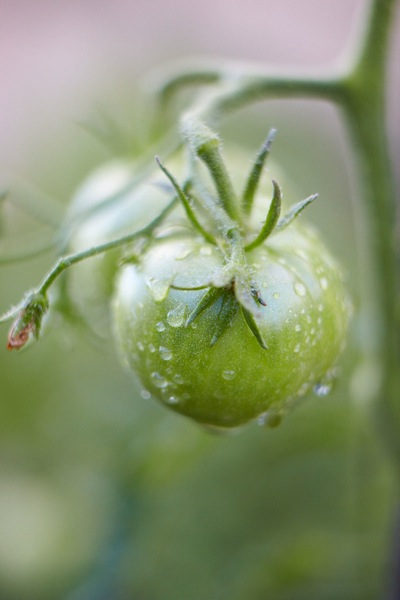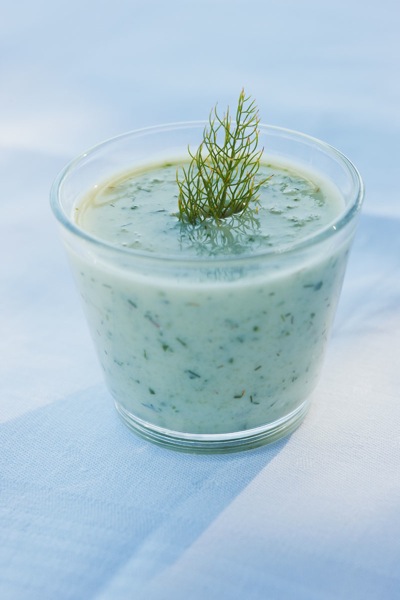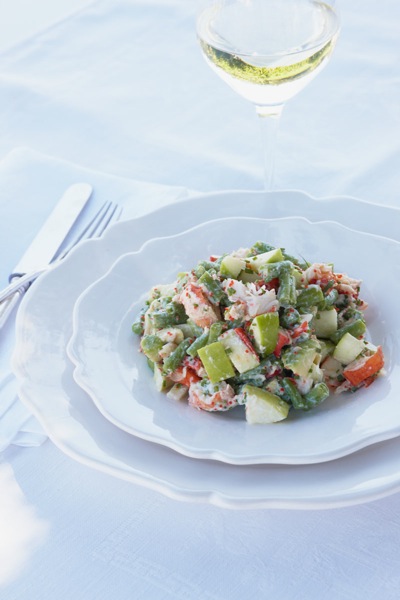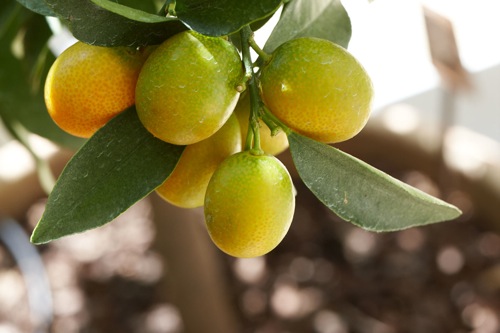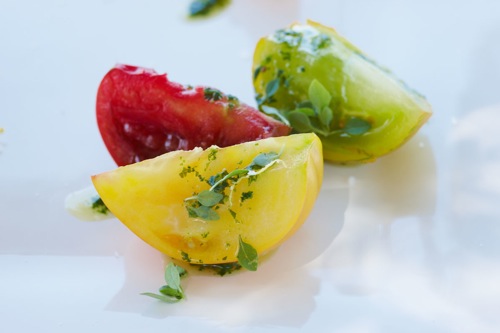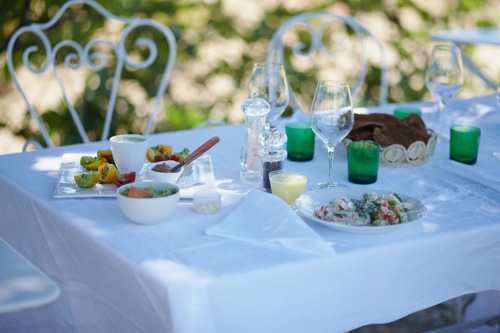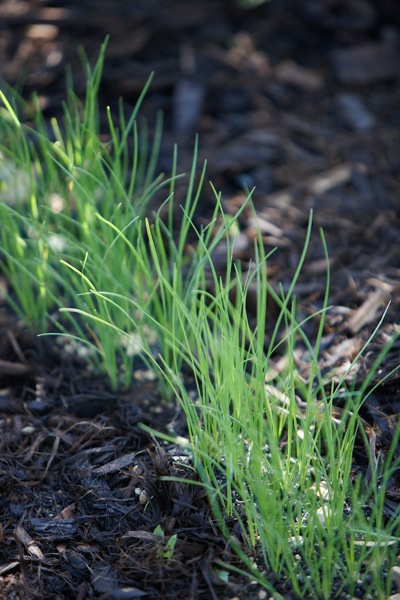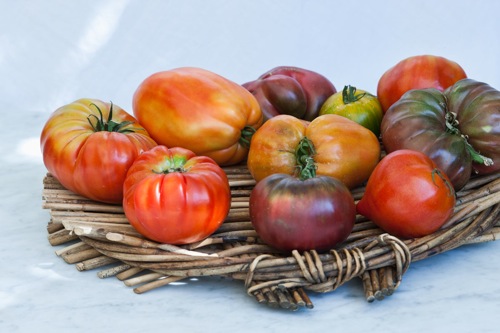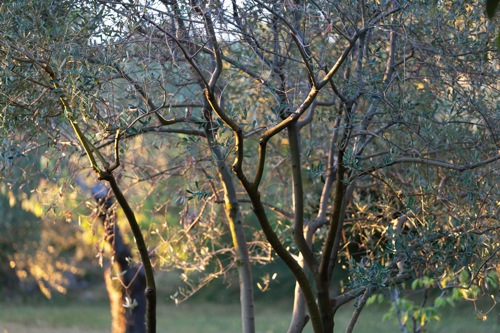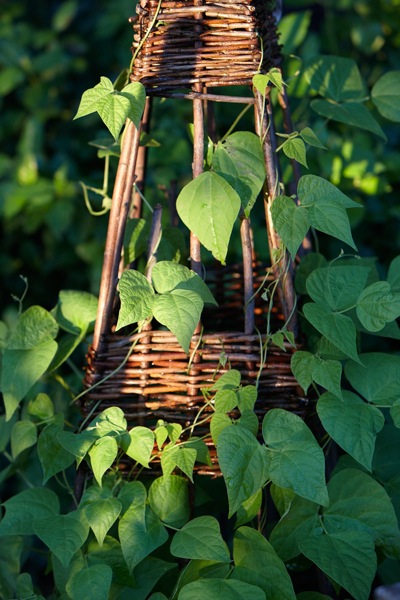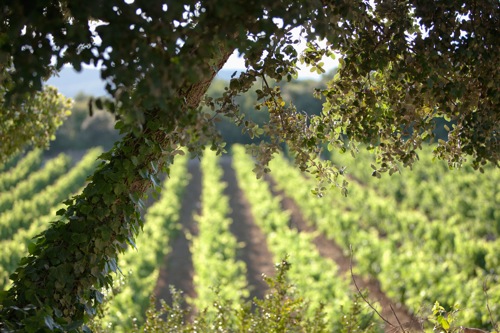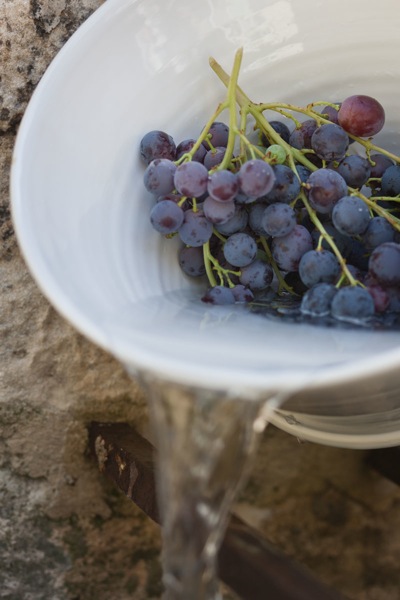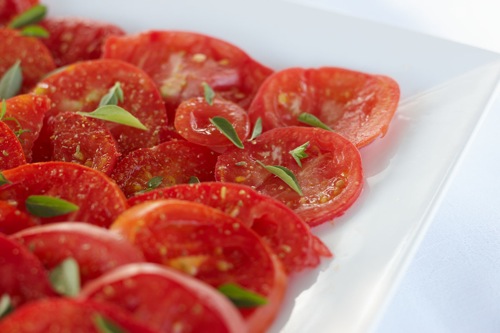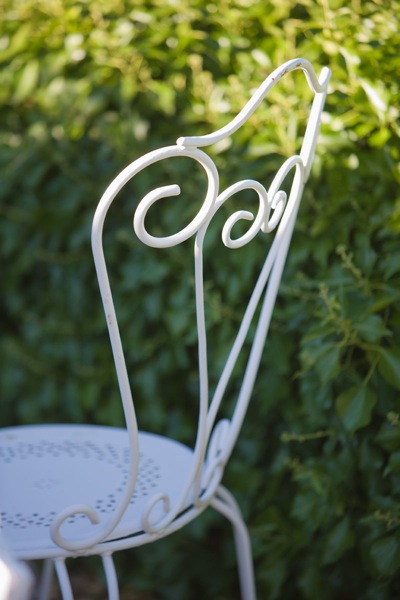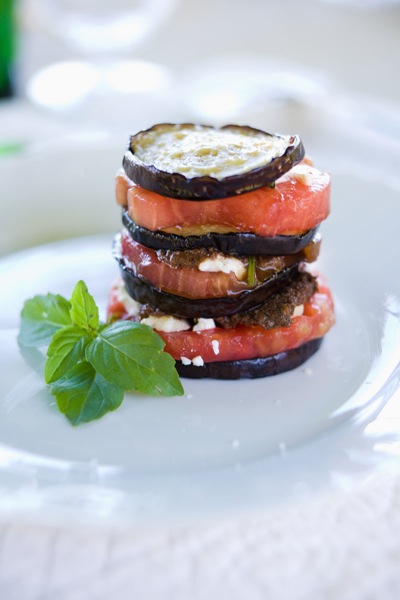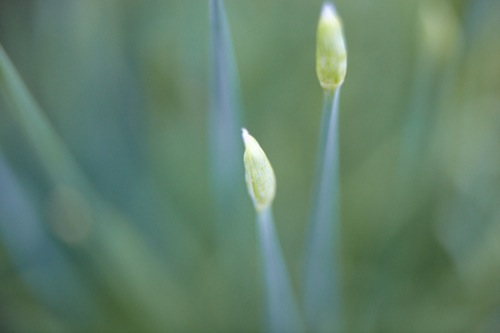Chicagoist Grills - Food Photographer Jeff Kauck
By Anthony Todd in Food on Feb 17, 2011 7:00PM
Chicago-based food photographer Jeff Kauck has been shooting food for more than twenty years. He has worked on 11 cookbooks, been nominated for a James Beard Award for the Spiaggia cookbook and just finished "Salad as a Meal" with Patricia Wells. We sat down with Jeff to talk about visiting Wells on her Provencal estate to shoot "Salad." We also talked about what food photo nerds can do to improve their own shots and how he's never seen a food stylist use hairspray or shaving cream to spruce up food. Plus, he gave us an early peek at some beautiful photos from the book, due to hit bookstores in April.
Chicagoist - So, you're shooting this cookbook for Patricia Wells, you're going to France, you're looking at food - how involved are you in the process? Are you standing back and taking pictures or are you interacting?
JK - It depends. I've done eleven cookbooks and they're all different. With Patricia, like most of the chefs, they have a list of recipes that they want shot. You walk through them each day, and then you look at plates and settings. It's very collaborative. Then you look at the location where you are going to shoot it, whether it be in the dining room or wherever it is. Generally speaking, when someone goes to pick a photographer (there are a million guys out there shooting cookbooks) they are looking for a particular style that they think is compatible with what the chef is looking for.
Chicagoist - What do you think is different about your photography?
JK - My background is very different. All of my training is as a watercolor painter. To the best of my knowledge, I don't know any other photographer like that - they all learn how to be photographers from photography school, whereas all of my training was from painting. Other than that, you develop a style that you become known for. Mine is clean and very fresh looking, so if a chef is looking for that, they call me.
Chicagoist - Do you do your own styling, or do you have a food stylist?
JK - I don't do any of the styling - either a stylist does it or the chef, or it could be somebody on the line. What's very common, as in the Spiaggia cookbook for Tony Mantuano, his cooks would send out the dish and the stylist would re-plate the dish to make it a little more artistic.
Chicagoist - As soon as we hear the words "food sylist," our heads are filled with visions of fake food and hairspray and shaving cream. Does that sort of thing really happen in high-end cookbooks?
JK - You know, I've gotta tell you (and you're going to say I'm lying) I've been doing this a long time and I've never seen that in any side of food photography! I think that is carryover from the 50s when the lights were so hot that they would literally bake the food. We shoot real food. There's no need to shoot artificial food - I've sure heard a lot about it over the years, but I've never done it.
Chicagoist - You've done a lot of work for commercial clients - even if you're shooting a product for Kraft, you still shoot just the product?
JK - When you are shooting food for a chef, for a cookbook, they want you to represent the dish. But they are the first to admit that they alter the recipes all the time based on the day, so there are some variations. When you are shooting for a large client, there is no variation and it has to be the same, either by weight or by volume or both, for legal reasons. Everything is on the up and up - real food, real ingredients.
If i were to go to sell my car right now, it's filthy and full of junk and covered with salt from the winter in Chicago. I can take that same car, empty all of my junk out of it, wash it and it looks brand spankin' new. Same exact car. That's what they do - they put their best foot forward, but it's entirely real.
Chicagoist - Everyone seems to have become obsessed with beautiful food photography in the last few years. But, I wonder if people have a problem with cookbooks. They see the beautiful photographs, and they make the recipe, but there isn't a connection - the book doesn't tell you how to make your food as beautiful as the photographers make it look.
JK - I think it's like a fashion magazine. They don't necessarily show you how to iron the skirt and do the hair, but they show you an example. What i'm told is that recipes that don't have a photograph are rarely made. If there's a photograph next to the recipe, people use it as inspiration. They can't get there, but they use it as inspiration to try to get close.
Chicagoist - With this latest cookbook for Patricia Wells, was there anything that was particularly different? An all-salad cookbook is different from being on the line at Spiaggia!
JK - Well, it was different in the sense that it was shot in Provence, at her estate. It's breathtaking. I can't tell you how much respect I have for Patricia Wells. She's a person from Milwaukee, Wisconsin, who is self made, and she is so good at what she does. Throughout history, the best painters in the world would try to get to Provence in the summer; Manet, Monet, all those guys. We were there at that time of the year, shooting, and it was amazing.
Chicagoist - Did you do any artificial lighting at all?
JK - I didn't even take any lights with me! Every time you turn around, there is better light. You just have to be aware and use it.
Chicagoist - Speaking as a profesional, what can you suggest we do to make our food photographs look less blurry and disgusting?
JK - First off, turn your strobe light off. It's an awful thing, turn it off. Then, put your food in open shadows or try to find light that's beautiful in the room where you are, and shoot that light. Don't cry to create anything better than nature, nature is the best of the best.
Chicagoist - You say no flashes, no lighting, so what sort of equipment is essential? Just get a decent camera and point it in the right direction?
JK - I think, honestly, the cameras today - there are no bad cameras. Compared to even five years ago, any camera in today's market will do a great food photograph, and I've seen breathtaking photographs of food taken with an iphone. The resolution is poor, so you can't do a lot with them, but they are stunning looking photographs.
Chicagoist - Did the subject matter (only vegetables and salads) change anything for you? Are the colors a challenge?
JK - Well, salads wilt fast, especially in the heat of the summer in Province, so you have to move quickly. Patricia has this vast garden, and she would go into the garden in the morning and pick everything that she was going to plate that day. So, you're talking stuff that's incredibly fresh. Patricia would bring me into the kitchen and tell me, "This is the dish, these are the components, where do you want to shoot it?" I would look around and pick a spot, and in a few minutes she would have the dish ready. So you have to have your camera ready to go and then the dish comes out, and you can play with it for five or ten minutes. After that, it doesn't look as good.
Chicagoist - How many shots to do you take to get a "real" one for the book?
JK - I still say, after a long time, that one out of ten is a great day, one out of twenty is a normal day.
Chicagoist - Is it all digital, or do you use film?
JK - I don't own any film cameras anymore, everything is digital.
Chicagoist - Do you do any touch-up editing?
JK - I don't do any photoshop retouching at all. I'm old school; I like to fix it before it goes through the camera. I use Lightroom to process the files, i shoot raw and then i process them as JPEGs for submission. Once the editors have selected the final collection, I process them all as 16 bit RGB, which is very high quality.
All photos by Jeff Kauck, reproduced with permission.
